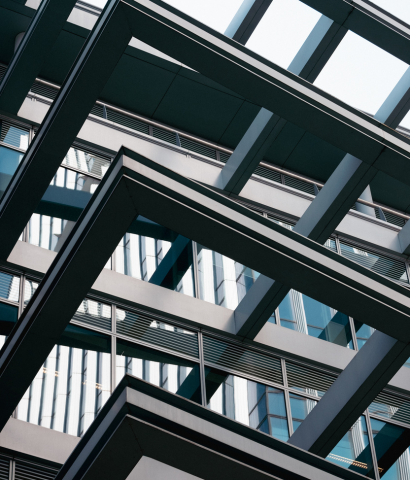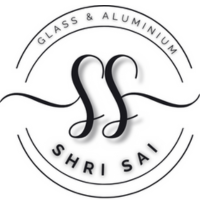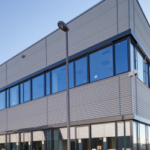In today’s rapidly evolving architectural landscape, materials play a pivotal role in shaping the functionality, aesthetics, and sustainability of structures. Among these materials, glass and aluminum have emerged as dynamic, versatile, and essential components of modern architectural designs.
The Rise of Modern Architecture
Modern architecture emphasizes openness, minimalism, and the seamless blending of indoor and outdoor spaces. Glass and aluminum have become instrumental in realizing these design principles. In this blog, we explore the significant impact of glass and aluminum in modern architectural projects.
The Role of Glass: Form and Function
Glass, often celebrated as a symbol of transparency, has transformed the way we perceive and interact with buildings. Its role in modern architecture is multi-faceted:
- Natural Light: Glass allows abundant natural light to enter a space, reducing the need for artificial lighting and creating an open and welcoming atmosphere.
-
Thermal Performance: Modern glass solutions incorporate energy-efficient technologies, contributing to improved thermal performance and reduced energy consumption.
-
Safety: Toughened and laminated glass options enhance safety, ensuring that in the rare event of breakage, there are no dangerous shards.
-
Aesthetics: Glass can be clear, tinted, patterned, or even curved, offering endless possibilities for architectural creativity and customization.
Aluminum: Beauty and Strength
Aluminum complements glass in modern architecture, serving as a strong, lightweight, and corrosion-resistant material. Its applications are diverse:
-
Windows and Doors: Aluminum frames provide structural integrity and support large glass panels, making it an ideal choice for windows and doors.
-
Curtain Wall Systems: Aluminum curtain walls not only add to the aesthetics but also enhance energy efficiency, noise reduction, and security.
-
Railings and Balustrades: Aluminum railings are a blend of durability, safety, and design, often used in balconies, terraces, and staircases.
-
Custom Profiles: Aluminum can be customized into unique profiles to meet specific architectural requirements.
The Sustainable Future of Glass and Aluminum
Sustainability is a driving force in modern architecture. Both glass and aluminum have made significant strides in this direction:
-
Energy Efficiency: Energy-efficient glass reduces heat transfer, while aluminum profiles can be thermally broken, enhancing a building’s energy performance.
-
Recyclability: Both glass and aluminum are highly recyclable, contributing to eco-friendly building practices.
-
LEED Certification: The use of sustainable materials like glass and aluminum can lead to green building certifications, such as LEED (Leadership in Energy and Environmental Design).


Case Studies: Shri Sai’s Contributions to Modern Architecture
We showcase a few real-world examples where Shri Sai’s expertise in glass and aluminum has played a pivotal role in transforming architectural visions into reality. From commercial skyscrapers to eco-friendly residential complexes, these case studies exemplify the enduring impact of glass and aluminum in modern architecture.
Conclusion: The Ever-Evolving Landscape
As architecture continues to evolve, so does the role of glass and aluminum. Shri Sai is committed to staying at the forefront of these changes, offering innovative solutions that empower architects and builders to push the boundaries of design. The impact of these materials in modern architecture is not just about transparency and strength; it’s about shaping a sustainable, beautiful, and functional future.







